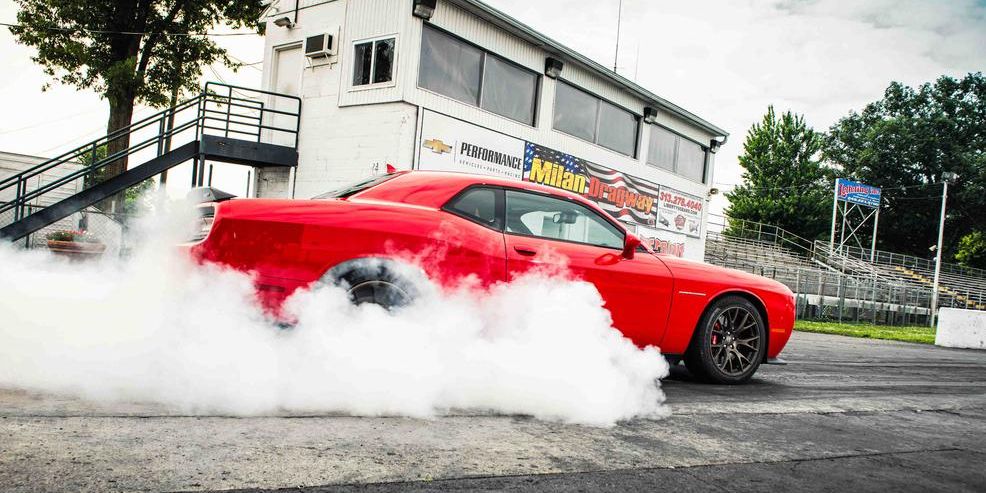Dr.Jeff
True Classic
On the topic of redlines. I've always noticed a tendency for many owners of certain vehicles (e.g. Italian sports cars or Japanese 'hot sedans') to run around at extremely high RPM's - constantly "wringing the neck out of it", pushing redline all the time. Please note this is not directed at anyone and no intention to offend at all. While some engine setups may be focused toward top power at only the upper most range, I'm of the opinion (and that's all it is) that the reduced longevity of an engine brought on by that isn't worth the little bit of performance it offers. I currently have three X1/9 engines torn down that were the victims of such driving styles and the internal damage is horrendous. If the low power levels of certain engines just doesn't cut it, then I believe a powertrain swap may be a better answer than pushing the original one too far (referring only to street vehicles; track cars have rules and regulations and fall under a completely different situation). To be honest I didn't always think this way; when I was young things were a little different, but with experience I've learned better. So please realize this is nothing more than my personal view at this stage of life.

